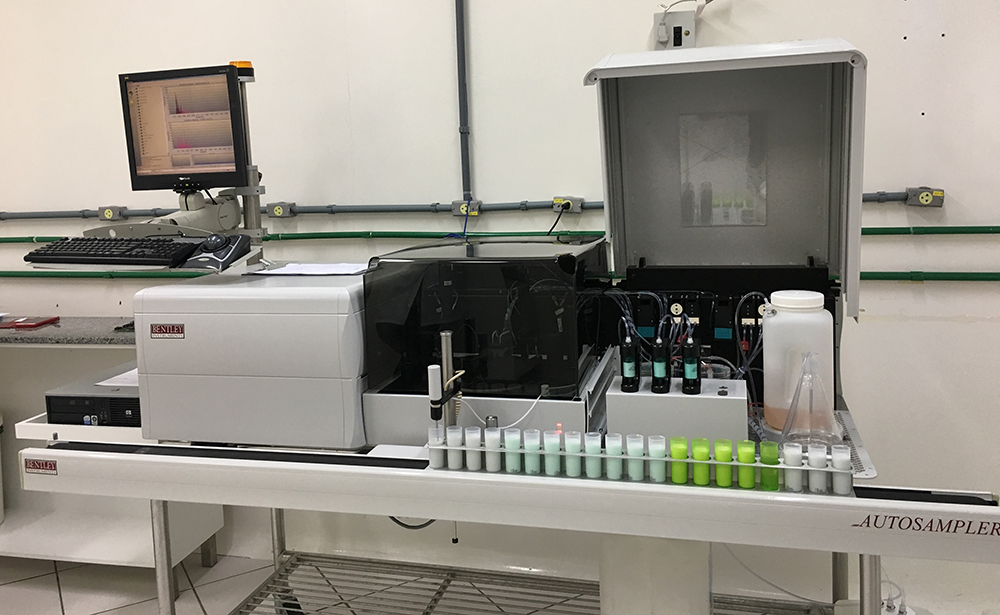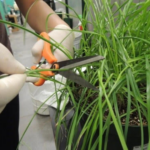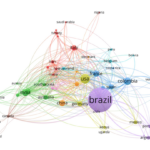By Maria Luiza De Grandi, Journalist of Ciência Rural, Santa Maria, RS, Brazil and Franciele Rampazzo Vancin, Technical manager of the state milk quality laboratory, Universidade do Contestado (UnC), Concórdia, SC, Brazil
The Ministry of Agriculture, Livestock and Supply of Brazil has normative instructions that indicate that milk samples destined for processing in establishments inspected by the federal government must undergo monthly analyzes in accredited laboratories (BRASIL, 2002). The preservation of milk samples destined for these microbiological analyzes requires the addition of preservatives to preserve the existing microbiota from the moment of collection until the analysis. In order to evaluate the conservation potential, researchers from the Universidade de Passo Fundo (UPF) and the Universidade do Contestado (UnC) used different concentrations of preservatives based on sodium azide and chloramphenicol on the analytical useful life of milk samples, in two farms, one with a low bacterial count and the other with a high bacterial count and the results are presented in the article “Effects of different concentrations of sodium azide and chloramphenicol on the preservation of raw milk samples”, published in Ciência Rural (vol. 50 , no. 2).
Motivated by the possibility of increasing the analytical life of the samples, the researchers tested three concentrations of the preservative used to preserve samples of fresh milk (raw milk), in the usual dose, in the double dose and in the triple dose of the sodium azide and chloramphenicol components. According to the researcher Franciele Vancin, the results showed that the triple dose presented the best condition for the preservation of the samples, extending their analytical life until the 12th (twelfth) day after collection, when kept in refrigeration with a temperature of 3 ° C (three degrees).
The effectiveness in preserving the samples provides greater security in determining the result, and consequently reports the real conditions of milk production, which makes research of paramount importance. “The innovation of this research is due to the possibility of representing a viable alternative for the agribusiness, taking into account the length of the process from collection to testing a highly perishable product, as is the case with fresh milk.”, Highlights Franciele.
Reference
BRASIL. Ministério Agricultura, Pecuária e Abastecimento. Instrução Normativa Nº 51, de 18 de setembro de 2002. Available from: https://bit.ly/2T0TBHf
To read the article, access it
VANCIN, F.R., et al. Effects of different concentrations of sodium azide and chloramphenicol on the preservation of raw milk samples. Cienc. Rural [online]. 2020, vol. 50, no. 2, ISSN: 0103-8478 [viewed 13 May 2020]. DOI: 10.1590/0103-8478cr20190425. Available from: http://ref.scielo.org/v4kmx7
External links
Ciência Rural – CR: <http://www.scielo.br/cr>
Ciência Rural <http://coral.ufsm.br/ccr/cienciarural/>
Como citar este post [ISO 690/2010]:




















Recent Comments